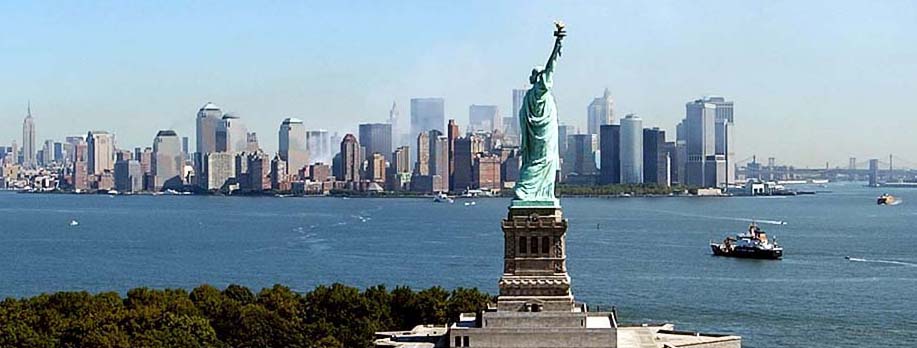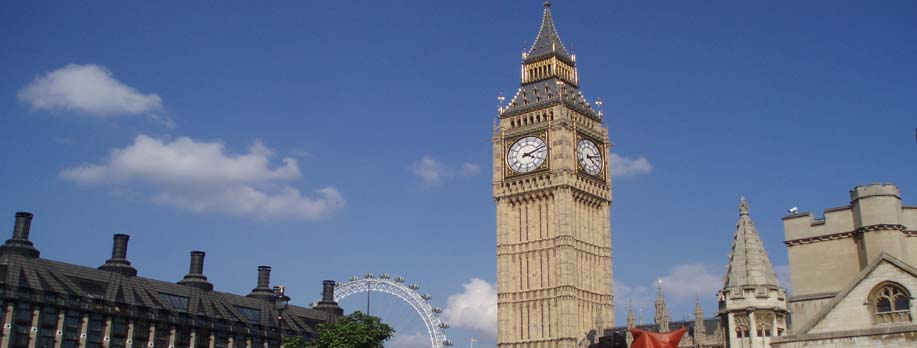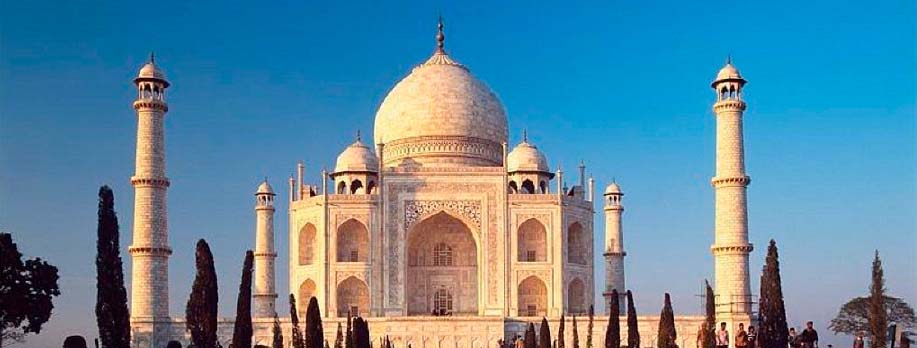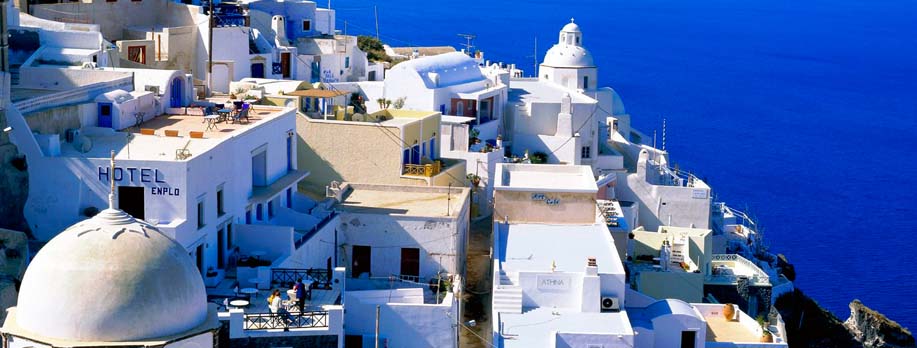| General Information Of Gwalior | |
|
 |
| Introduction to city Gwalior - In Madhya Pradesh |
|
With its stimulating ambience and undeniable aura of romance, Gwalior is one of the most impressive cities in India for the sensitive holidaymakers. There is an interesting story of how the city derived its name. According to legends, Suraj Sen, a prince of the Kachhwaha clan of the 8th century, lost his way while venturing in the jungle and reached an isolated hill wandering around. There he met a venerable old man, Sage Gwalipa. Thirsty and tired, he asked for some water and the sage led him to a pond. To his astonishment, the prince after drinking the water found that not only his thirst but his disease of leprosy has also been cured. He asked the sage if he could do anything in return and the sage told him to fortify the hill. The hill was fortified and named Gwalior, and the city that developed around it gradually acquired the name. Gwalior was always an important city because of its strategic location on the Agra-Deccan main route. Hence many dynasties tried to claim this land including the mighty Mughals and Marathas. Before them, the city was the stronghold of the Huns from Central Asia, the Kachhwaha Rajputs, the Pratihars, the Slave Dynasty of Delhi Sultanate, and the Tomars—of whom the most important king was Raja Man Singh (1486-1517). The Marathas under Madho Rao Scindia, the last dynasty to rule the city before Independence, restored Gwalior to its former glory. The imposing Jai Vilas Palace, situated below the hilltop Gwalior fort, is proof of the Scindia sway over the city. |
| Sightseeing : Places to visit in destination - Gwalior |
| The city of Gwalior has many monuments that were built by the erstwhile Tomar and Scindia rulers. The majestic Gwalior fort is one of the largest forts in India. There are various chattris or cenotaphs commemorating the Scindia rulers who ruled the region till India’s independence. The Man Mandir Palace and the Gujari Mahal are two other interesting sights in Gwalior. The Sas-Bahu Temples are 11th-century temples of Lord Vishnu while Teli-ka-Mandir is a 300-metre-high Vishnu temple of the 9th century. Some other important attractions of Gwalior are Suraj Kund, Tansen Memorial, the tomb of Mohammad Ghaus, Kala Vithika, Surya Mandir, and Scindia Museum |
| Excursions : Places nearby city - Gwalior |
| While in Gwalior take some time off to visit the nearby places that, besides being captivating in themselves, also speak a lot about the region’s rich history. Datia (74 km) is famous for its Bundela palaces and paintings. Another place is Pawaya, which was known as Padmavati in ancient times. Archaeological remains of the first and eight centuries have been discovered here. The Dhoomeshwar Mahadeo temple, situated 3 km away, is a fine example of Bundela architecture. Sonagiri, Orchha, Shivpuri, Chanderi, and Tigra Dam are some other places in the vicinity of Gwalior. |
Gwalior City Travel Guide |
Sight Seeing of Gwalior |
Excursion in Gwalior
Gwalior Hotels










